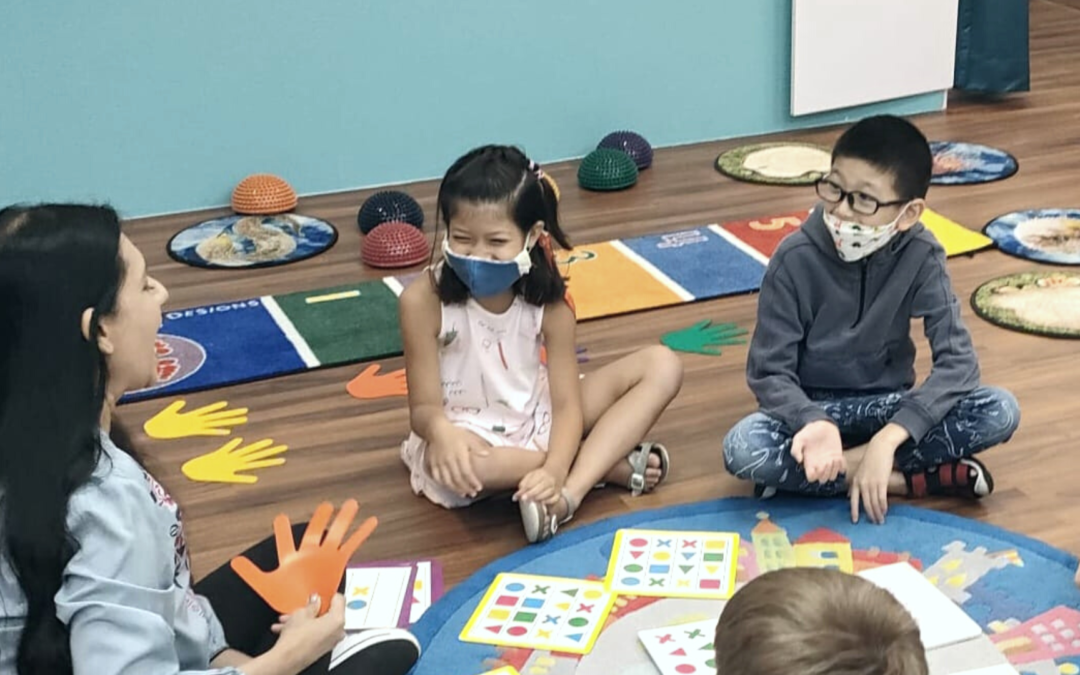Recently, I received a referral from the ‘Head of Inclusion’ of a large international school about taking in a child that the school cannot include.
Needless to say, right away, this seemed rather contradictory to the principle of inclusion.
After this, I received another email on the heels of this referral: from the Principal of another large ‘bespoke and inclusive’ school who could not find a way to include a child in any of their classes.
Again, it just saddens me to see this. There’s just no getting around it — it was starkly at odds with the idea of “bespoke and inclusive.”
Finally, a flashy article appeared in a high-end magazine — with the founder of yet another “inclusive school” claiming to be the only place in Singapore to do so.
Inclusion isn’t just about being a place where neurodiverse kids can come to find some nebulous idea of community. It is built and highlighted through a diversity of children to melt the barriers that form segregated learning, which includes neurotypical kids learning together with them to punctuate this truly inclusive community. To that end, some of these schools are perhaps better advised to reconsider their notions of inclusion if this collectivity isn’t practiced by those who helm them.
With pride, this is what I personally put into practice—by creating and placing my kids in a learning environment I deeply believed in and watching them thrive.
When commercialisation meets education, the results are catastrophic. There is an air of tokenism that’s difficult to shake through the flaunting of these terms as identifiers and, dare I say, selling points of these schools; this, I fear, gives rise to inclusive washing that only props up children of neurodiverse identities through, at best, a charity model mentality that never seems to fully embrace their place in schools; at worst, a marketing strategy.
The children deserve better. They deserve to be accepted unconditionally in all of their glory as individuals, and not reduced to abject burdens cast onto the next learning centre that will have them, perpetuating the same cycle of exclusion we see time and time again; certainly not by organisations that boast the term ‘inclusion’. The children also suffer unfathomable damage from the antics of these ‘edupreneurs’, who view this as a ‘niche’ to, first and foremost, capitalise off.
Imagine if all decisions were made with the child’s best interests at heart rather than empty hyperbole that stands fundamentally at odds with not only the principle of inclusion but the education system as a whole, which should serve to enrich all children equally. For the sake of these children, it’s long past time to self-examine what inclusion stands for; not to water it down.

